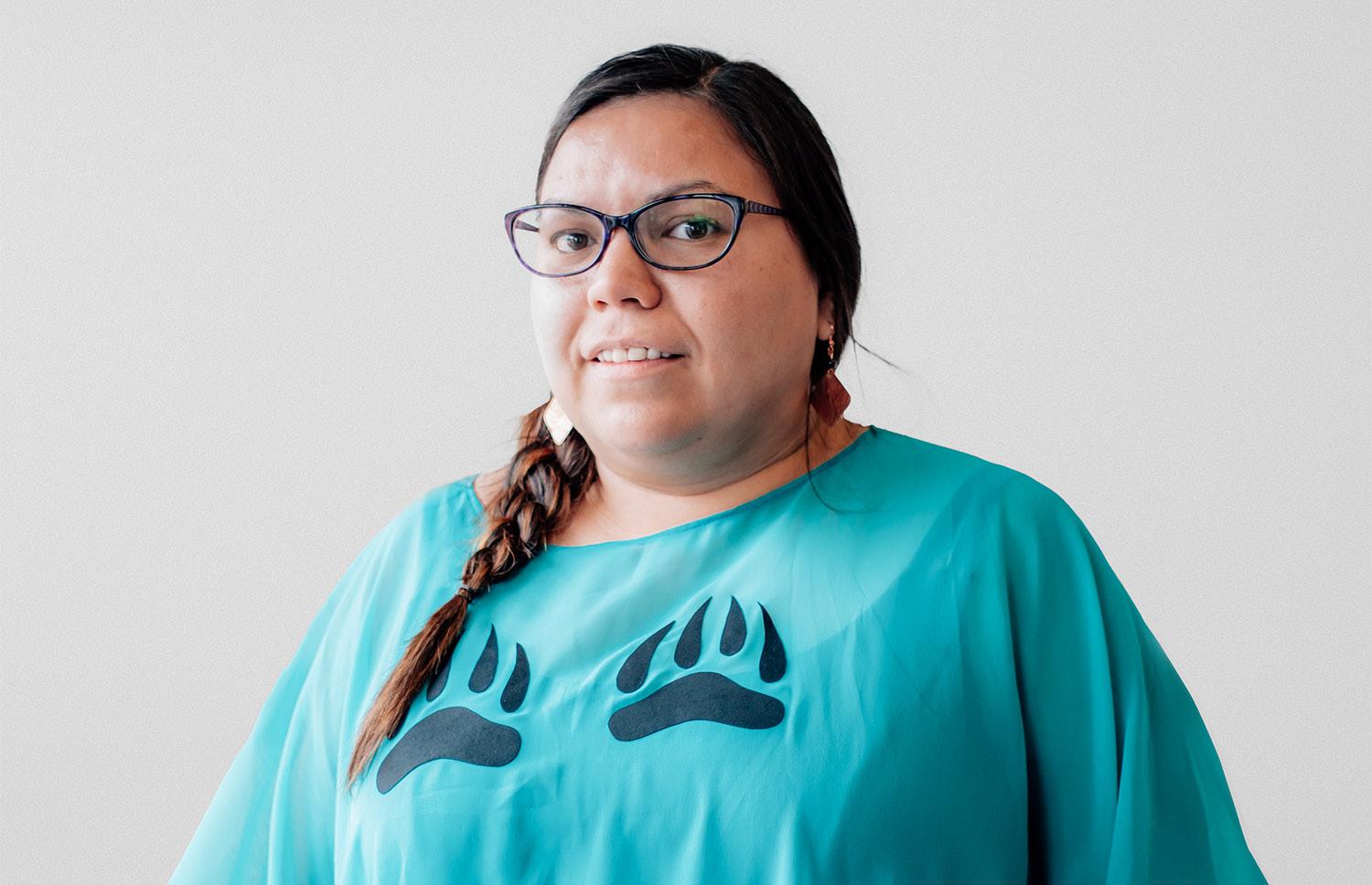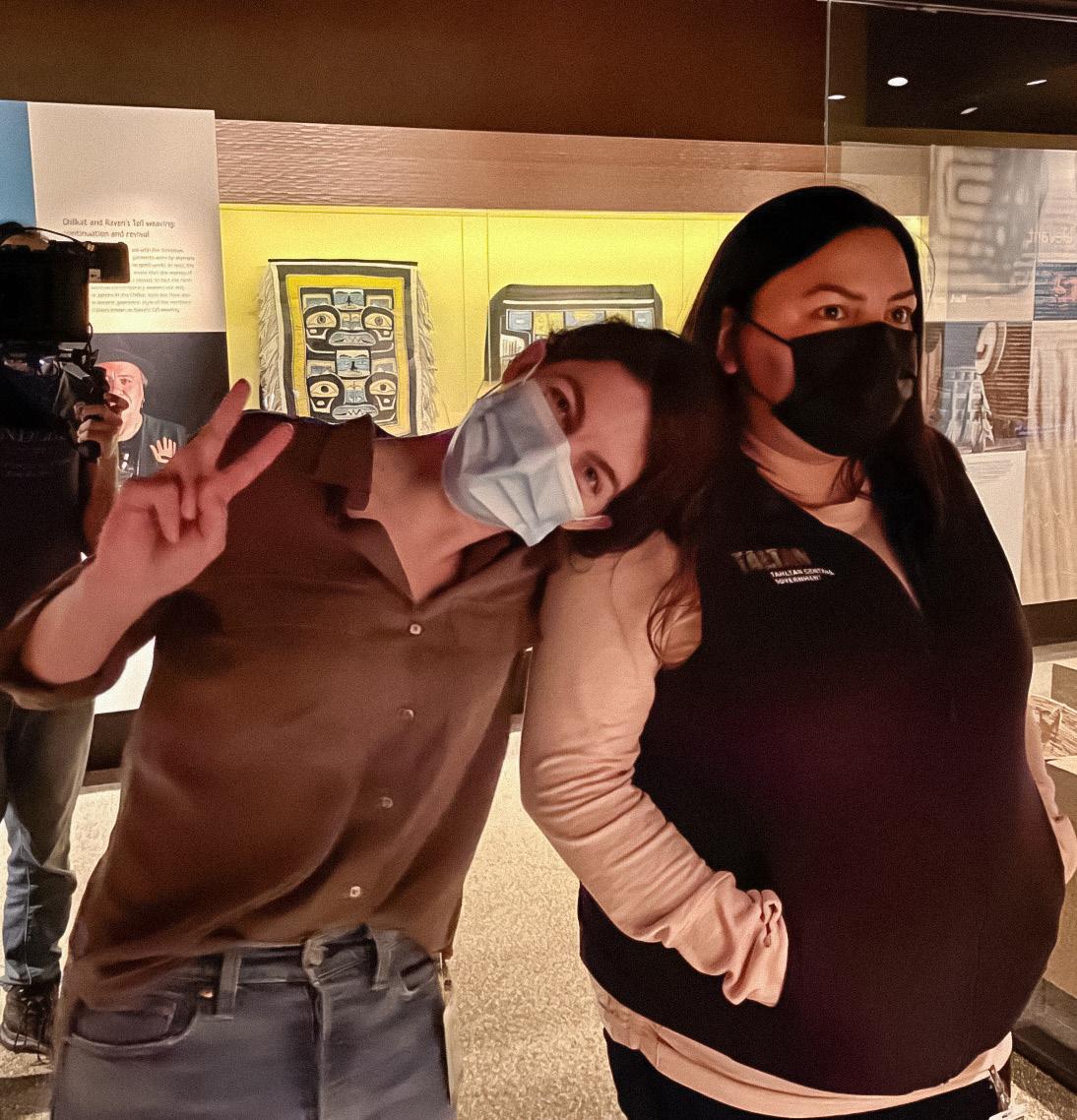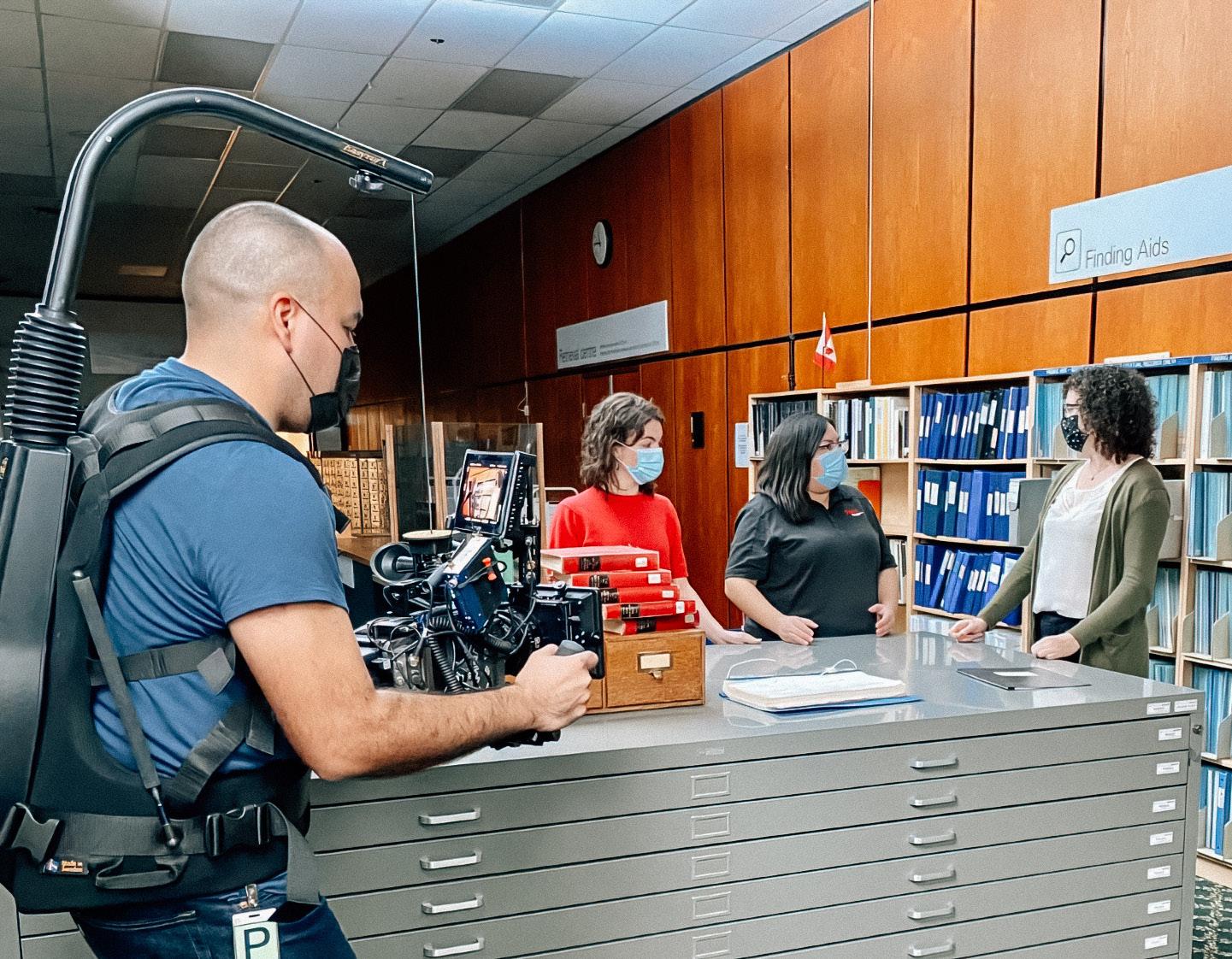
4 minute read
Culture & Heritage – Sandra Marion
Culture & Heritage
Director Report
Sandra Marion
Culture & Heritage Director Dẕenēs hoti’e Tahltans. It has been a very cold winter this year in our homeland. I am very grateful for our woodstove during these times. I hope you all have been able to stay warm and toasty where you reside.
The Culture & Heritage Department and Tahltan Central Government (TCG) Archives would like to welcome Kailene Louie to the team. She has started in the physical archive with Ursula at the beginning of January 2022. With the assistance of Kailene, and hopefully one more assistant (the job posting is available on the TCG website and OnTrack), we will be able to expedite the physical organization of the four-hundred-twenty (420) banker boxes we are working through.
The goal with our Archive Assistants is to heavily involve them in the structure of the archive, as well as policy and procedure development so that out of the two positions, we can determine a Tahltan Manager position to take over the physical archive as we accept donations from the public.
We have been working closely with a lawyer on our collections policy and ironing out the creative tensions between collective rights and individual rights. This policy will be brought back to specific avenues for a full review prior to implementation. TCG ARCHIVES – “UNARCHIVED”
Earlier in 2021, the National Film Board of Canada (NFB) reached out to my department. They had read in one of our newsletters about the Archive we are working on building which aligned with a documentary they are filming. The documentary is called “Unarchived”, and the following is a description that was provided by the film crew:
“Unarchived is a feature documentary that explores the diverse, underrepresented, and unarchived histories in British Columbia. We will follow knowledge keepers, communities, and organizations across the Province as they subvert the dominant historical narrative in our museums and archives, and fight for a more inclusive history. We examine community-led archives and museums to investigate the ways they are collecting, sharing, and holding histories...
We would love the Tahltan Nation’s work to build your archive, and the dialogue around repatriation to be our fourth and final story. Specifically, we would like to hear about the decision to create the archive and the ways in which you have Indigenized what has historically been a very colonial structure of an Archive, as well as the work you are doing to build access for the Nation and its members.”
The original request was for the film crew to make their way to Dease Lake, and we could do the filming in the physical archive, but due to COVID-19 travel regulations that was not possible. So, the Archivist and I ended up meeting with the crew in Vancouver to conduct the interviews and in Victoria for further filming at the Royal BC Museum. Through relationship building with the NFB, we uncovered some footage that was recorded in the mid 1980’s of two influential Elders having a casual conversation.


The recording is done by a late Mi’kmaq artist named Mike MacDonald that had come to the territory at that time. We are working with the NFB, and entities involved to see when we can have the recording sent back to the Tahltan Nation, to be a part of our historical record. Since we started this project, we have had a few donations made and what we have been seeing is a level of information that has not been shared before. It has been quite exhilarating. These donations have been coming to us mostly by coincidence because we are not yet at a stage where we can go seeking new information.
Through the funding with the Tahltan Stewardship Initiative (TSI), we have been given the go ahead to purchase storage units for repatriated items to start making their way back home. We will also be reaching out to our amazing Tahltan artists for ideas around designing and building unique display cases for some of these items. Because we are not sure what we will be able to bring home yet, I would like our focus to be around Obsidian flakes and arrow heads. My goal is to bring these home and have them on display perhaps in our schools for our students to be able to see them, share stories about some of the areas they were found in, experiences they had heard of, or have been a part of. It all needs to start with conversations with the various Museums in BC.
The Royal BC Museum is in the process of renovating their building, as there is little to no structure in place if an earthquake happens. They are also redesigning their Indigenous Peoples’ floor. These conversations can take some time, but it is best if we start preparing for successful repatriation, starting with storage units and display cases.
For the 2022 flying season, we are working on building out a request for proposals (RFP) to secure a helicopter for most of the season that the Culture & Heritage, Wildlife and Fisheries Departments can utilize as needed. If we get a successful bid, I am hoping this will open opportunities for additional interview dates to cover more Elders, and more areas of the territory as a part of our on-the-ground Elder interviews. Stay tuned as we start to release more information about how to get involved. If you are an Elder or knowledge keeper, and you would like to be a part of this project while you are home during fishing season, please feel free to send me an email with approximate dates. I can make sure to mark those down ahead of time.










